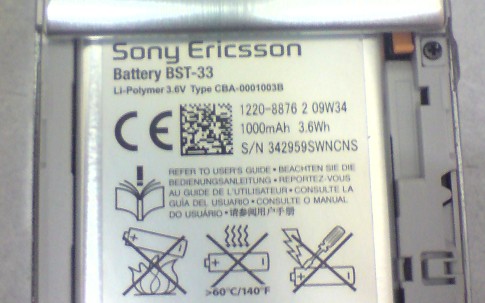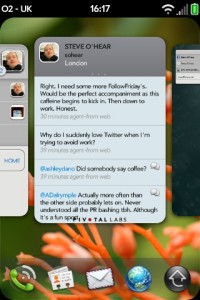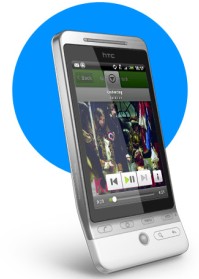 I finally have a Palm Pre in my hands. Well not literally as it would be kind of difficult to type this post, unless I did it on the phone of course, which I’m not. Have you tried the keyboard? It’s pretty good but it’s not that good.
I finally have a Palm Pre in my hands. Well not literally as it would be kind of difficult to type this post, unless I did it on the phone of course, which I’m not. Have you tried the keyboard? It’s pretty good but it’s not that good.
But a working UK GSM version of the Pre is sat next to me and I have the device on loan for the next 10 days or so. Remember, I’ve been chasing down the Pre for almost nine months, ever since it was first announced at January’s CES. So this feels like a big deal (the device went on sale today here in the UK, exclusively on O2).
And, frankly, I’m not used to waiting this side of the pond while my US brethren get to fondle a phone first.
It sucks.
Anyway, back to the Pre. I’ve written up my Day One impressions of the UK version of the Palm Pre, along with a tongue-in-cheek description of the PR back-story, in my debut column — working title: Gadgets and canapés — for Ewan MacLeod’s Mobile Industry Review (MIR). I hope to make a regular contribution to MIR and I’ll definitely be revisiting the Pre after a full week in.
Here’s a quote from the piece where I talk about the Pre’s Google and Facebook integration.
[Yes, I am quoting myself. Oh and it is #FollowFriday on Twitter. Just sayin’.]
After entering my Google credentials into the Pre, the phone’s email client sprang to life, as did calendar and contacts. In some ways the webOS-powered Pre is the Google phone I was always hoped Android would be. Google integration is on a par with stock Android but has a far superior UI. The Pre’s calendar is one example, with multi-calendar support and a nifty accordion metaphor to utilise screen real estate when part of the day is empty.
Importing Facebook contacts, avatars included, also worked as expected, and merging any duplicate contacts between Google and Facebook, for the most part, happened automatically. Manually linking contacts that Synergy had missed was also trivial.
Head over to MIR to read the full post ‘First impressions of the UK Palm Pre: We like it!‘
 It appears that Carphone Warehouse, the UK’s largest independent mobile phone retailer, has pulled Sony Ericsson’s flagship Satio smartphone from its stores. The internal memo, which was leaked to GSM Arena, suggests that buggy software is the cause – the Satio runs a version of the Nokia-led Symbian S60 5th Edition – and that Carphone is “investigating a solution as a priority.” If software is the problem then the solution will obviously need to come from Sony Ericsson themselves, so we’ll wait and see how long that takes.
It appears that Carphone Warehouse, the UK’s largest independent mobile phone retailer, has pulled Sony Ericsson’s flagship Satio smartphone from its stores. The internal memo, which was leaked to GSM Arena, suggests that buggy software is the cause – the Satio runs a version of the Nokia-led Symbian S60 5th Edition – and that Carphone is “investigating a solution as a priority.” If software is the problem then the solution will obviously need to come from Sony Ericsson themselves, so we’ll wait and see how long that takes. I’ll admit that when I first heard about
I’ll admit that when I first heard about  I love me some Twitter (follow me
I love me some Twitter (follow me 
 I’ve posted part two of my
I’ve posted part two of my  UK carrier 3
UK carrier 3  I finally have a Palm Pre in my hands. Well not literally as it would be kind of difficult to type this post, unless I did it on the phone of course, which I’m not. Have you tried the keyboard? It’s pretty good but it’s not that good.
I finally have a Palm Pre in my hands. Well not literally as it would be kind of difficult to type this post, unless I did it on the phone of course, which I’m not. Have you tried the keyboard? It’s pretty good but it’s not that good.